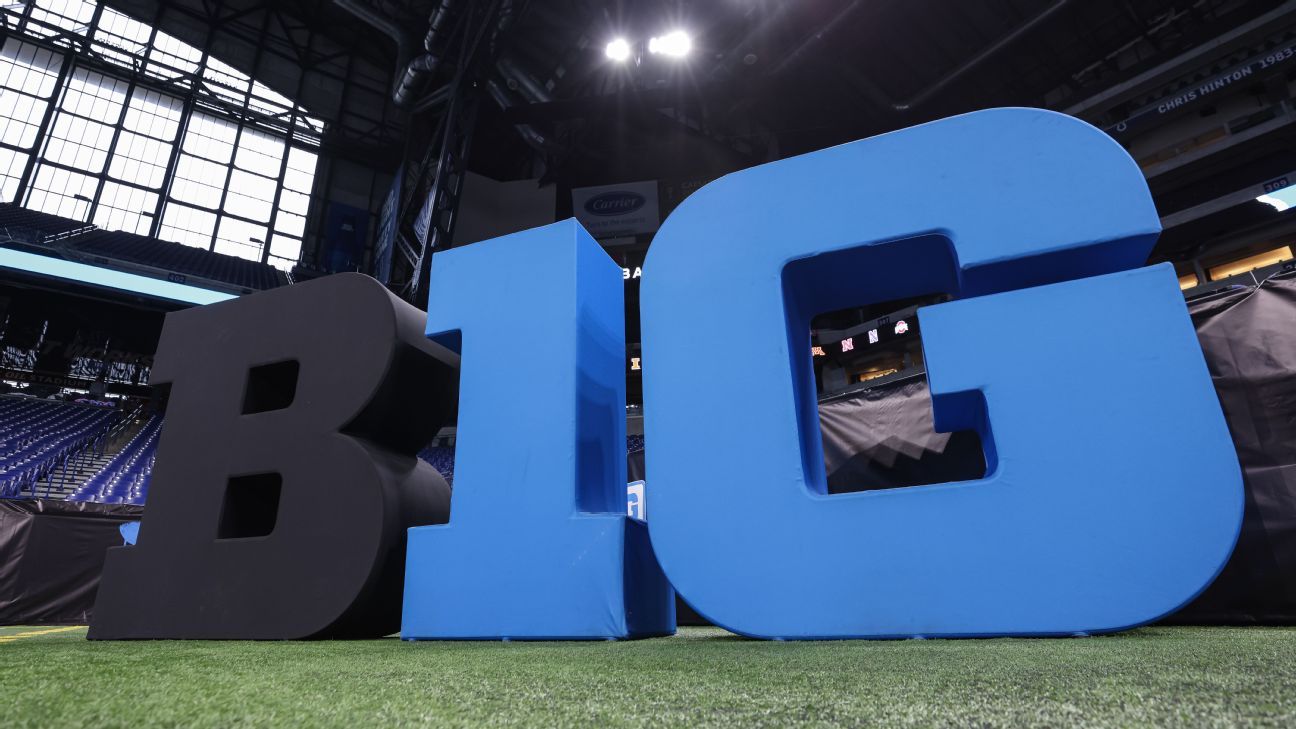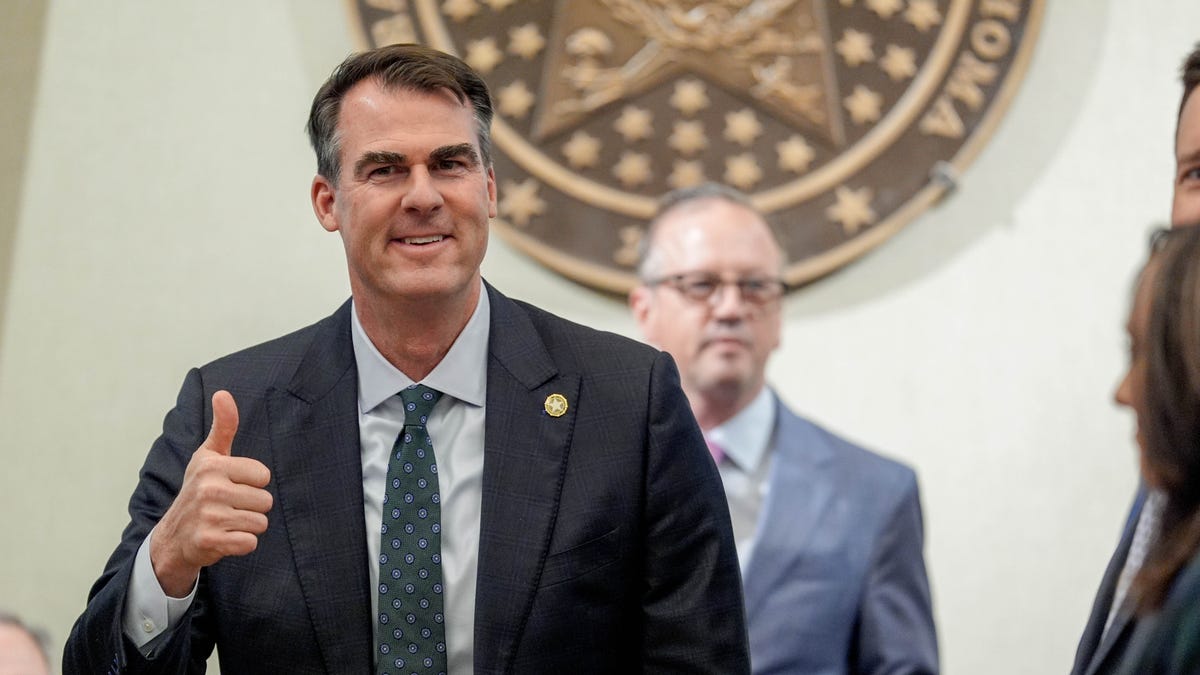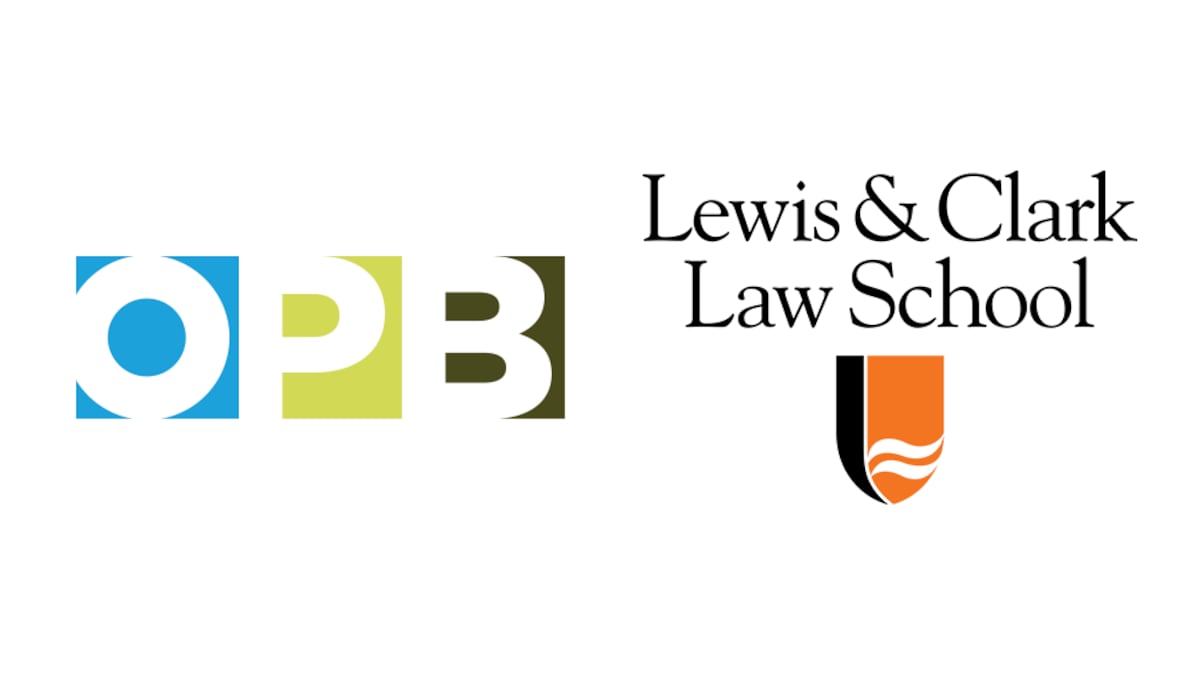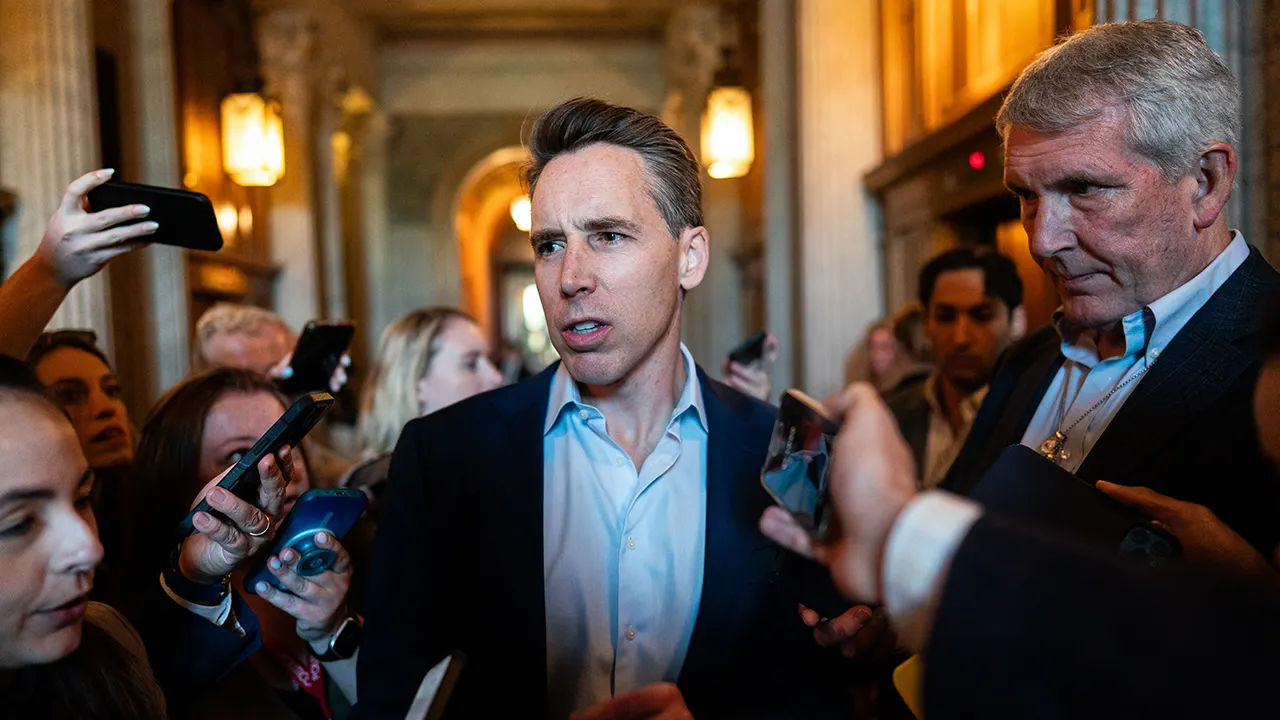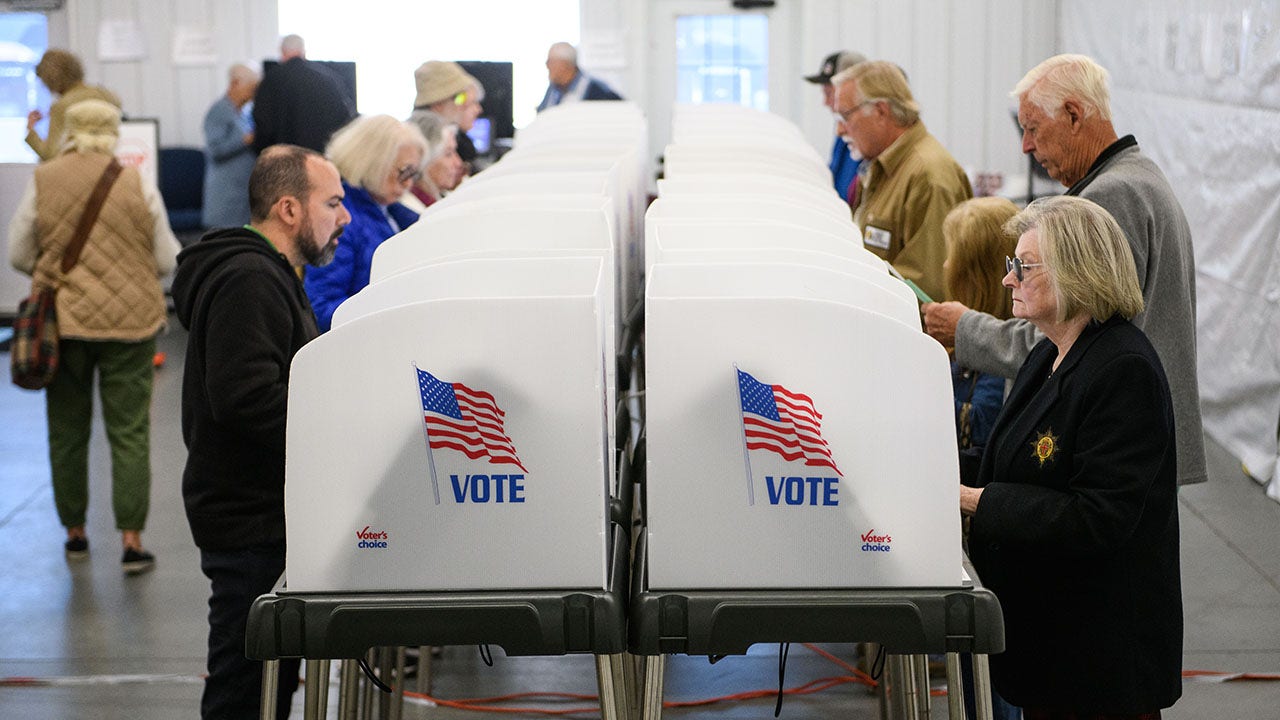A critical question demands an actionable answer. To date, many takes on various sides of the debate have focused more on high-level narrative than precise policy prescriptions. If we zoom in to look at the actual sources of delay in clean energy projects, what sorts of solutions would we come up with? What would a data-backed agenda for clean energy abundance look like?
The most glaring threat to clean energy deployment is, of course, the Republican Party’s plan to gut the Inflation Reduction Act. But “abundance” proponents posit that Democrats have imposed their own hurdles, in the form of well-intentioned policies that get in the way of government-backed building projects. According to some broad-brush recommendations, Democrats should adopt an abundance agenda focused on rolling back such policies.
But the reality for clean energy is more nuanced. At least as often, expediting clean energy projects will require more, not less, government intervention. So too will the task of ensuring those projects benefit workers and communities.
To craft a grounded agenda for clean energy abundance, we can start by taking stock of successes and gaps in implementing the IRA. The law’s core strategy was to unite climate, jobs, and justice goals. The IRA aims to use incentives to channel a wave of clean energy investments towards good union jobs and communities that have endured decades of divestment.
Klein and Thompson are wary that such “everything bagel” strategies try to do too much. Other “abundance” advocates explicitly support sidelining the IRA’s labor objectives to expedite clean energy buildout.
But here’s the thing about everything bagels: They taste good.
They taste good because they combine ingredients that go well together. The question — whether for bagels or policies — is, are we using congruent ingredients?
The data suggests that clean energy growth, union jobs, and equitable investments — like garlic, onion, and sesame seeds — can indeed pair well together. While we have a long way to go, early indicators show significant post-IRA progress on all three fronts: a nearly 100-gigawatt boom in clean energy installations, an historic high in clean energy union density, and outsized clean investments flowing to fossil fuel communities. If we can design policy to yield such a win-win-win, why would we choose otherwise?
Klein and Thompson are of course right that to realize the potential of the IRA, we must reduce the long lag time in building clean energy projects. That lag time does not stem from incentives for clean energy companies to provide quality jobs, negotiate Community Benefits Agreements, or invest in low-income communities. Such incentives did not deter clean energy companies from applying for IRA funding in droves. Programs that included all such incentives were typically oversubscribed, with companies applying for up to 10 times the amount of available funding.
If labor and equity incentives are not holding up clean energy deployment, what is? And what are the remedies?
Some of the biggest delays point not to an excess of policymaking — the concern of many “abundance” proponents — but an absence. Such gaps call for more market-shaping policies to expedite the clean energy transition.
Take, for example, the years-long queues for clean energy projects to connect to the electrical grid, which developers rank as one of the largest sources of delay. That wait stems from a piecemeal approach to transmission buildout — the result not of overregulation by progressive lawmakers, but rather the opposite: a hands-off mode of governance that has created vast inefficiencies. For years, grid operators have built transmission lines not according to a strategic plan, but in response to the requests of individual projects to connect to the grid. This reactive, haphazard approach requires a laborious battery of studies to determine the incremental transmission upgrades (and the associated costs) needed to connect each project. As a result, project developers face high cost uncertainty and a nearly five-year median wait time to finish the process, contributing to the withdrawal of about three of every four proposed projects.
The solution, according to clean energy developers, buyers, and analysts alike, is to fill the regulatory void that has enabled such a fragmentary system. Transmission experts have called for rules that require grid operators to proactively plan new transmission lines in anticipation of new clean energy generation and then charge a preestablished fee for projects to connect, yielding more strategic grid expansion, greater cost certainty for developers, fewer studies, and reduced wait times to connect to the grid. Last year, the Federal Energy Regulatory Commission took a step in this direction by requiring grid operators to adopt regional transmission planning. Many energy analysts applauded the move and highlighted the need for additional policies to expedite transmission buildout.
Another source of delay that underscores policy gaps is the 137-week lag time to obtain a large power transformer, due to supply chain shortages. The United States imports four of every five large power transformers used on our electric grid. Amid the post-pandemic snarling of global supply chains, such high import dependency has created another bottleneck for building out the new transmission lines that clean energy projects demand. To stimulate domestic transformer production, the National Infrastructure Advisory Council — including representatives from major utilities — has proposed that the federal government establish new transformer manufacturing investments and create a public stockpiling system that stabilizes demand. That is, a clean energy abundance agenda also requires new industrial policies.
While such clean energy delays call for additional policymaking, “abundance” advocates are correct that other delays call for ending problematic policies. Rising local restrictions on clean energy development, for example, pose a major hurdle. However, the map of those restrictions, as tracked in an authoritative Columbia University report, does not support the notion that they stem primarily from Democrats’ penchant for overregulation. Of the 11 states with more than 10 such restrictions, six are red, three are purple, and two are blue — New York and Texas, Virginia and Kansas, Maine and Indiana, etc. To take on such restrictions, we shouldn’t let concern with progressive wish lists eclipse a focused challenge to old-fashioned, transpartisan NIMBYism.
“Abundance” proponents also focus their ire on permitting processes like those required by the National Environmental Policy Act, which the Supreme Court curtailed last week. Permitting needs mending, but with a chisel, not a Musk-esque chainsaw. The Biden administration produced a chisel last year: a NEPA reform to expedite clean energy projectsand support environmental justice. In February, the Trump administration tossed out that reform and nearly five decades of NEPA rules without offering a replacement — a chainsaw maneuver that has created more, not less, uncertainty for project developers. When the wreckage of this administration ends, we’ll need to fill the void with targeted permitting policies that streamline clean energy while protecting communities.
Finally, a clean energy abundance agenda should also welcome pro-worker, pro-equity incentives like those in the IRA “everything bagel.” Despite claims to the contrary, such policies can help to overcome additional sources of delay and facilitatebuildout.
For example, Community Benefits Agreements, which IRA programs encouraged, offer a distinct, pro-building advantage: a way to avoid the community opposition that has become a top-tier reason for delays and cancellations of wind and solar projects. CBAs give community and labor groups a tool to secure locally-defined economic, health, and environmental benefits from clean energy projects. For clean energy firms, they offer an opportunity to obtain explicit project support from community organizations. Three out of four wind and solar developers agree that increased community engagement reduces project cancellations, and more than 80% see it as at least somewhat “feasible” to offer benefits via CBAs. Indeed, developers and communities are increasingly using CBAs, from a wind farm off the coast of Rhode Island to a solar park in California’s central valley, to deliver tangible benefits and completed projects — the ingredients of abundance.
A similar win-win can come from incentives for clean energy companies to pay construction workers decent wages, which the IRA included. Most peer-reviewed studies find that the impact of such standards on infrastructure construction costs is approximately zero. By contrast, wage standards can help to address a key constraint on clean energy buildout: companies’ struggle to recruit a skilled and stable workforce in a tight labor market. More than 80% of solar firms, for example, report difficulties in finding qualified workers. Wage standards offer a proven solution, helping companies attract and retain the workforce needed for on-time project completion.
In addition to labor standards and support for CBAs, a clean energy abundance agenda also should expand on the IRA’s incentives to invest in low-income communities. Such policies spur clean energy deployment in neighborhoods the market would otherwise deem unprofitable. Indeed, since enactment of the IRA, 75% of announced clean energy investments have been in low-income counties. That buildout is a deliberate outcome of the “everything bagel” approach. If we want clean energy abundance for all, not just the wealthy, we need to wield — not withdraw — such incentives.
Crafting an agenda for clean energy abundance requires precision, not abstraction. We need to add industrial policies that offer a foundation for clean energy growth. We need to end parochial policies that deter buildout on behalf of private interests. And we need to build on labor and equity policies that enable workers and communities to reap material rewards from clean energy expansion. Differentiating between those needs will be essential for Democrats to build a clean energy plan that actually delivers abundance.

:quality(70):focal(1018x409:1028x419)/cloudfront-us-east-1.images.arcpublishing.com/adn/SDADSHZF65GC5NQY3GPEIHXN34.jpeg)
